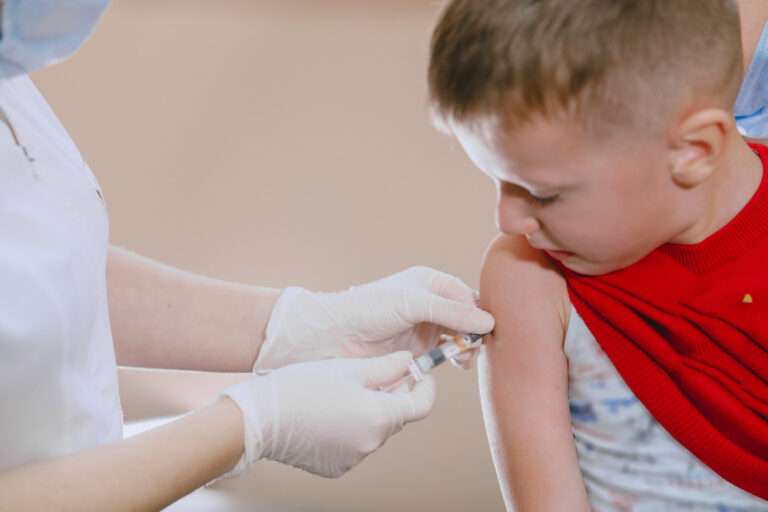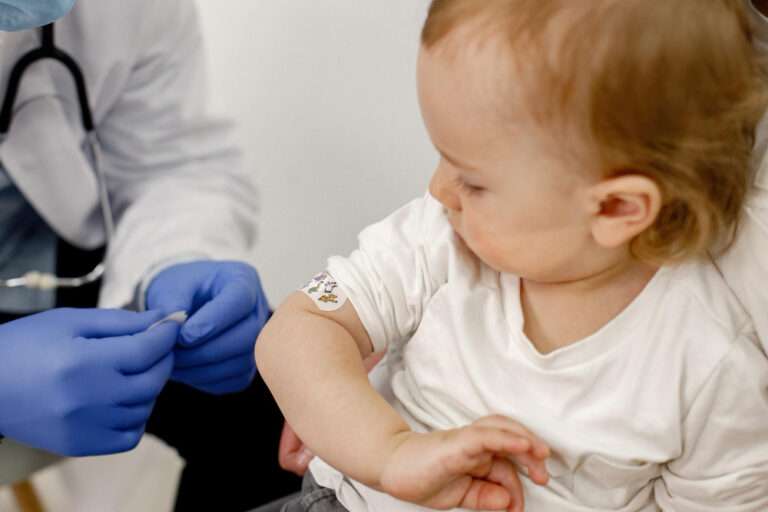Breakthrough with Microarray Patches for Vaccine Delivery
Microarray patches (MAPs) represent a significant breakthrough in vaccine delivery, offering a novel and potentially transformative approach to immunization. These innovative devices are small patches that can be applied directly to the skin. They are typically covered with hundreds of tiny, painless micro-needles that contain the vaccine. When the patch is applied to the skin, these micro-needles penetrate the outer layer of the skin and dissolve, releasing the vaccine directly into the body. This method of vaccine delivery has several potential benefits, especially when compared to traditional needle-and-syringe methods.
One of the primary advantages of MAPs is their ability to simplify the vaccination process. Traditional vaccine delivery requires trained healthcare professionals, sterile needles and syringes, and often cold-chain transportation and storage to maintain vaccine efficacy. MAPs, on the other hand, are designed to be stable at room temperature, eliminating the need for cold-chain logistics. This makes them particularly useful in low-resource settings or in areas where access to healthcare facilities and professionals is limited. Additionally, the ease of administration of MAPs means that they can potentially be self-administered or given by minimally trained personnel, broadening the scope of vaccination campaigns and reducing dependency on healthcare infrastructure.
Another significant benefit of MAPs is their potential to reduce needle-related injuries and infections. Needle-stick injuries and the transmission of diseases through needle reuse are significant concerns in many parts of the world. By eliminating the need for traditional needles, MAPs can reduce these risks. Furthermore, the painless nature of the patch application could increase vaccine acceptance among people who have needle phobia or aversion to injections, thus improving vaccination rates.
However, as with any new medical technology, there are challenges and potential drawbacks to consider. The effectiveness of MAPs in delivering vaccines is still being studied, and it is crucial to ensure that they are as effective as traditional methods in eliciting an immune response. There are also considerations regarding the manufacturing process of MAPs, ensuring that the micro-needles consistently and effectively deliver the vaccine dose.
In terms of side effects, early research suggests that MAPs may cause less local reaction than traditional injections. However, more comprehensive studies are needed to fully understand the side-effect profile of these patches, especially in different population groups and with different types of vaccines.
Another potential downside is the cost of developing and manufacturing these patches. While they could ultimately reduce overall healthcare costs by simplifying vaccine delivery and storage, the initial investment in technology and manufacturing processes could be significant. Ensuring equitable access to this technology, particularly in low-income countries, is an important consideration.
The use of MAPs could also impact how vaccine coverage is tracked and reported. Traditional vaccine delivery methods often involve healthcare professionals who keep records of immunizations. If MAPs are self-administered or given by non-professionals, it may be more challenging to keep accurate immunization records, which are crucial for public health monitoring and for ensuring individuals receive the necessary number of vaccine doses.
Despite these challenges, the development of microarray patches is a promising advancement in the field of immunization. As research and development continue, these patches have the potential to revolutionize how vaccines are delivered, particularly in global mass vaccination campaigns and in areas where access to traditional healthcare is limited. By simplifying the vaccination process, reducing reliance on healthcare infrastructure, and potentially increasing vaccine acceptance, MAPs could play a crucial role in enhancing global vaccine coverage and controlling vaccine-preventable diseases.
------------From our Sponsors------------









